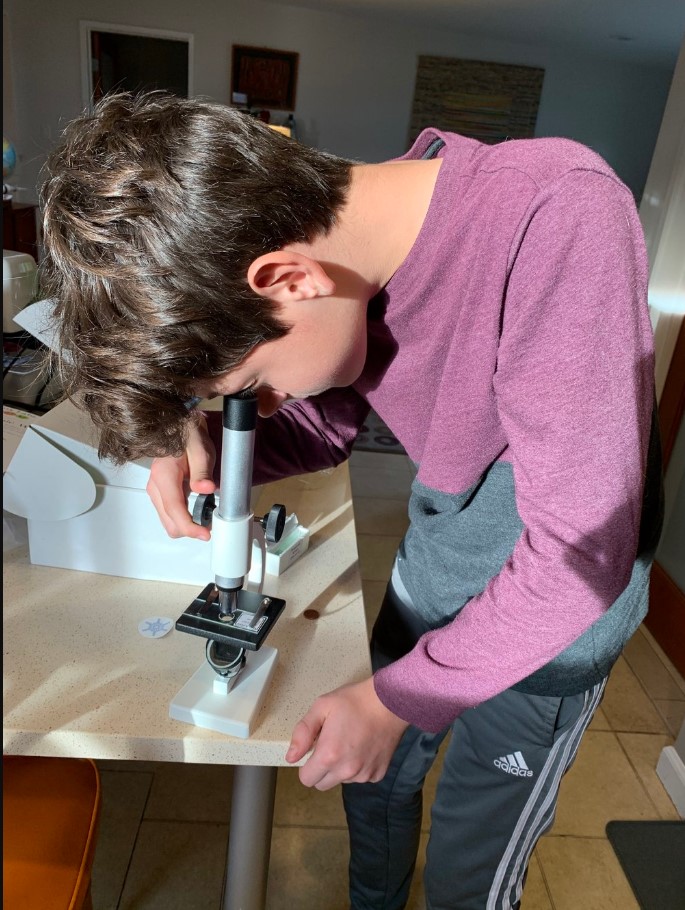With the events of the last few years, there has been a rise in resources to help concerned parents keep their children focused on schoolwork. If you find your child struggling to pay attention, you can recall some helpful tips using an acronym: SCORE.

Big tasks can be daunting for anyone, let alone a student learning something new. Breaking down assignments into a series of smaller ones makes the same goal feel more achievable. For example, say there’s a science fair at the end of the month. It could seem overwhelming, but it can also be divided into more manageable tasks:
Not only does this breakdown help your child organize a strategy, but it also minimizes the procrastination that often accompanies complicated assignments.

It’s important to give your child some agency in their education. Not only does this help you understand their interests—interests you could then foster—but it also can reveal how they’re most comfortable learning. This includes asking questions:
Of course, there are times when your child would choose not to do a task, but even in these cases there’s the opportunity for choice. “What do you want to do first?” is a great question to ask.
“Another key to a quality education is an environment that encourages learning.”
“O” for “Organization.”
Another key to a quality education is an environment that encourages learning. Especially with at-home studies, it’s important to establish “school mode” expectations and behaviors. At the Collaborative Corner for Exceptional Children, teacher Leslie Haynes suggests checklists and homework schedules. For others, it may be as simple as reserving a place in the house for learning and lesson planning. This also helps separate the learning atmosphere from distractions while helping your child enter an educational mindset (and not just on school days).
“R” for “Reward.”
Rewards motivate in instances where lessons—albeit necessary—get tedious or boring. This includes everything from praise to playtime. Even better, the reward can be another learning experience: If your child is struggling with math but loves history, what better way to reward an A+ than with a trip to the museum?
“E” for “Exploration.”

Not all children fit the same learning plan. Even certain subjects can be better taught differently from others. Is your child hands-on? Experiments (like our BioBoxes) are great in that scenario. If they’re extroverted, you can also try group projects with the neighborhood kids. Even the simple act of rephrasing a math problem to fit a real-world situation can make an education not only enjoyable, but practical too. Find what your child likes best and roll with it!
There are plenty of tips out there that can help you keep your child focused, but if you’re on the spot, just remember SCORE. When bad days happen—and they happen to everyone—you’ll be ready to get through the rut.
For hands-on, real world, learning and a chance to practice SCORE techniques, visit the shop or explore previous boxes.
Your students’ first BioBox is not just a starter kit, it is an introduction to the biological world.
Microscope Box
The Microscopic World
Get your own microscope and learn to use it